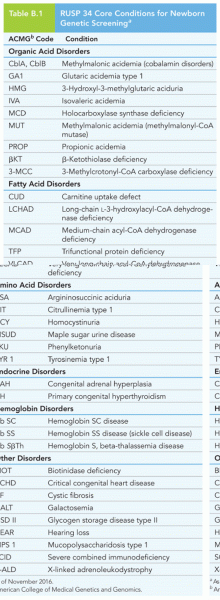Answer to Question 1
C
Explanation: C) Subcultures tend to develop in large organizations to reflect common problems, situations, or experiences faced by groups of members in the same department or location. Subcultures include the core values of the dominant culture plus additional values unique to the respective department. If organizations were composed only of numerous subcultures, organizational culture as an independent variable would be significantly less powerful. Subcultures influence members' behavior. When we talk about an organization's culture, we are referring to its dominant culture.
Answer to Question 2
According to the full range of leadership model, laissez-faire is the most passive and therefore least effective of leader behaviors. Management by exceptionactive or passiveis slightly better than laissez-faire, but it's still considered ineffective. Management-by-exception leaders tend to be available only when there is a problem, which is often too late. Contingent reward leadership can be an effective style of leadership but will not get employees to go above and beyond the call of duty. Only with the four remaining stylesall aspects of transformational leadershipare leaders able to motivate followers to perform above expectations and transcend their self-interest for the sake of the organization. Individualized consideration, intellectual stimulation, inspirational motivation, and idealized influence all result in extra effort from workers, higher productivity, higher morale and satisfaction, higher organizational effectiveness, lower turnover, lower absenteeism, and greater organizational adaptability. Based on this model, leaders are generally most effective when they regularly use each of the four transformational behaviors.







